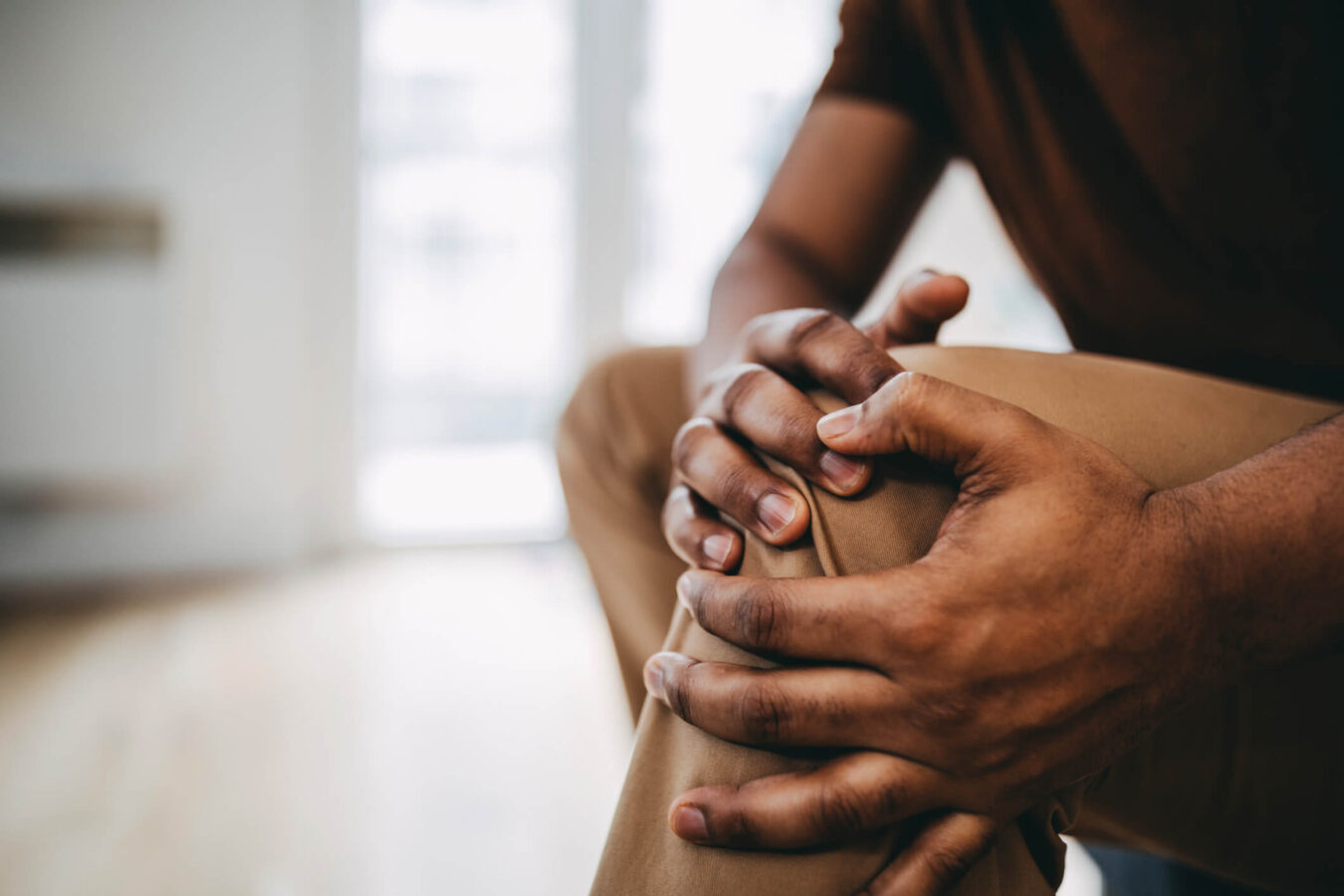
Medically reviewed by Misty Seidenburg
The knee joint is a complex structure vulnerable to trauma, injuries, and other conditions that cause knee pain and swelling. Knee effusion, or swelling, can affect how you move and function throughout the day. Everyone is likely to experience a swollen knee at some point. Exercises to reduce swelling may not cure the underlying condition, but they can ease your discomfort, enhance the healing process, and get you moving again.
The knee joint is surrounded by a thick liquid called synovial fluid, which provides nutrients for joint structures, cushions the ends of bones, and reduces friction during movement.
In some cases, injuries, infection, and other medical conditions can cause this fluid to accumulate around the joint. Excess fluid in the knee causes swelling, stiffness, pain, tenderness, and mobility problems.
Knee swelling can occur due to:
If you have intense or prolonged knee pain or swelling with no apparent cause, it’s essential to see your healthcare provider to determine the cause. Left untreated, infections and other conditions can lead to more severe complications.
You can take steps at home to reduce knee swelling. The guiding protocol for treating soft tissue injuries has evolved from ICE to RICE and now to PEACE & LOVE. PEACE & LOVE focuses on immediate care and subsequent management of injuries to enhance tissue recovery for maximum results.
After the first few days, it’s time to introduce movement carefully and gradually.
While exercise can help with recovery, it may not be suitable for everyone. Before starting any new workout program, check with your healthcare provider and physical therapist to ensure these movements are safe for you and your condition.
Are you beginning to sense a theme? Movement is medicine when it comes to knee swelling. Here are some gentle but effective exercises to reduce fluid in the knee and improve flexibility and range of motion.
This stretch reduces pain and lengthens the muscles that support the knee joint.
This stretch releases tension and tightness in the back of the knee.
Chair slides help increase the range of motion in a stiff knee.
This movement increases knee range of motion to help with basic functional tasks like standing, walking, and climbing stairs.
Step-ups build muscle strength throughout the lower body to support and protect the knee.
Although you are primarily treating the knee that has swelling with exercise, these movements are beneficial for healthy knees, too. Even after excess fluid has subsided, continue this program for solid and healthy knees that are less prone to injuries.
If these recommendations don’t help you relieve pain and swelling, schedule a comprehensive evaluation to determine what’s causing your symptoms and begin treatment for knee discomfort. Find a physical therapy clinic near you.
What causes knee swelling?
Knee swelling can result from injury, overuse, arthritis, infection, or fluid buildup due to inflammation.
How to decrease knee swelling?
Elevate the leg, apply compression, limit painful movement, and use gentle exercises as advised by a physical therapist.
How to get rid of knee pain?
Treatments may include rest, physical therapy, targeted exercises, and addressing the underlying cause with help from a healthcare provider.

